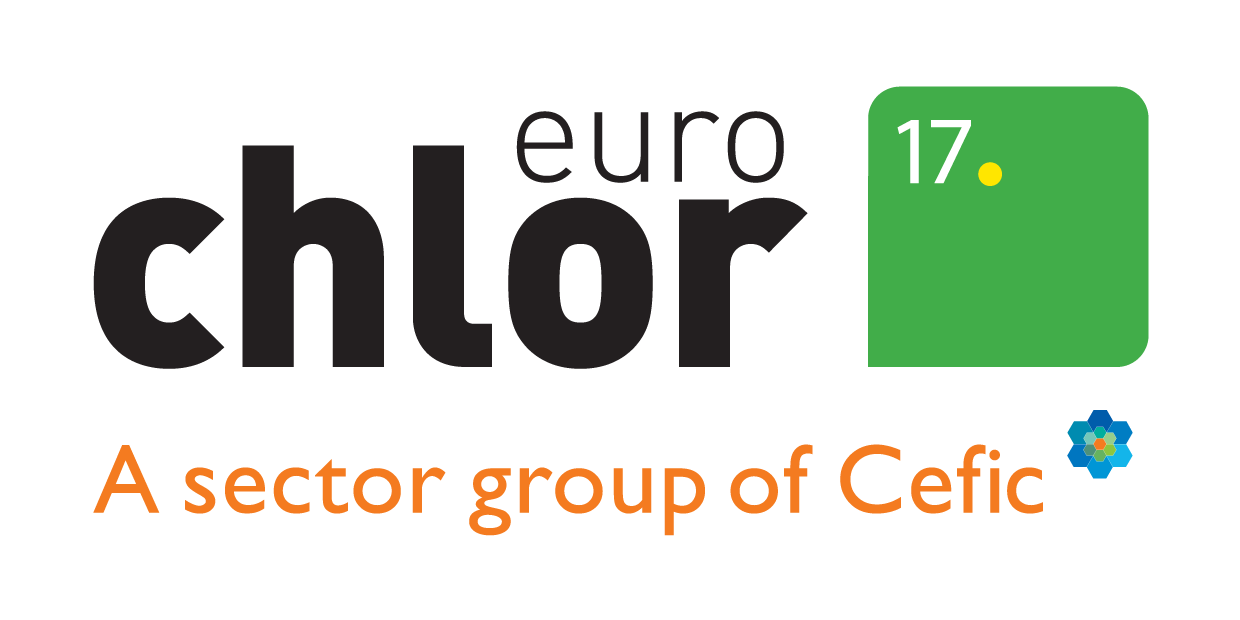What other uses does chlorine have?
Chlorine is a key chemical building block and is, therefore, used in the manufacture of many products. Although chlorine chemistry is used in many manufacturing processes, it is not always in the end product. A third of all chlorine produced in Europe is used to make productsnotcontaining chlorine.
Chlorine is in bleach (sodium hypochlorite) which is used to combat microbes and contagious diseases, particularly in hospitals.
An example of a process involving chlorine chemistry, but where no chlorine occurs in the end product, is the production of silicon of 99.99% purity. This is needed to produce microchips. A similar purity is necessary for solar cells. To achieve such purity requires a complicated purification process. The most commonly used method is to react 98% pure silicon with hydrochloric acid to make trichlorosilane. This is vaporized and then condensed in distillation columns until all other substances are removed. Finally, the trichlorosilane vapour is conducted with hydrogen across heated silicon rods. The ultrapure silicon is deposited, and the hydrogen chloride that forms as a by-product can be returned to the production process.
Polyurethanes (your shoe soles!) and polycarbonates (your car headlights) are also examples of widely used materials produced using chlorine chemistry, but where chlorine does not occur in the end product. Applications of polyurethanes include the manufacture flexible and rigid foams, coatings, adhesives and sealants. Because of their extreme toughness and transparency, polycarbonates are used in the production of many everyday items such as computers, soft drinks bottles and CDs.
